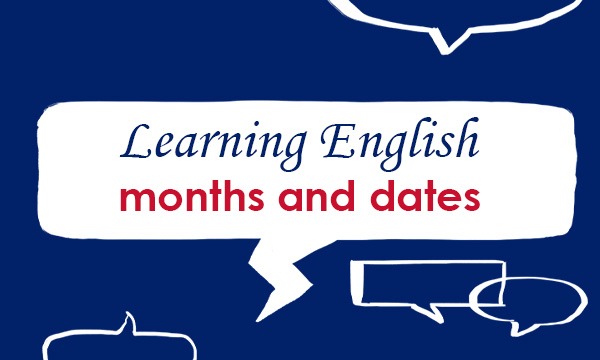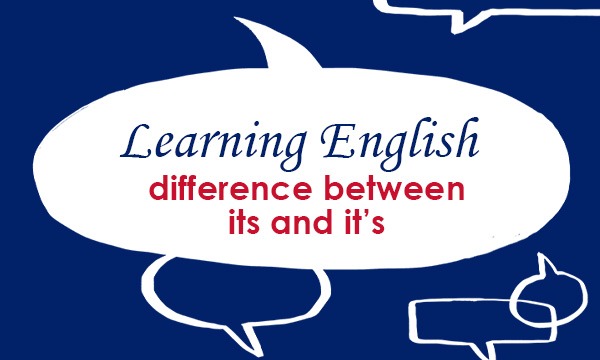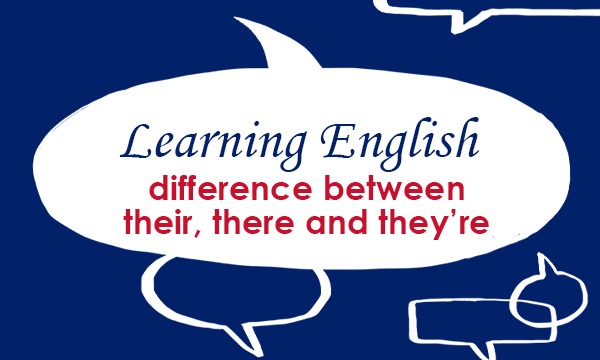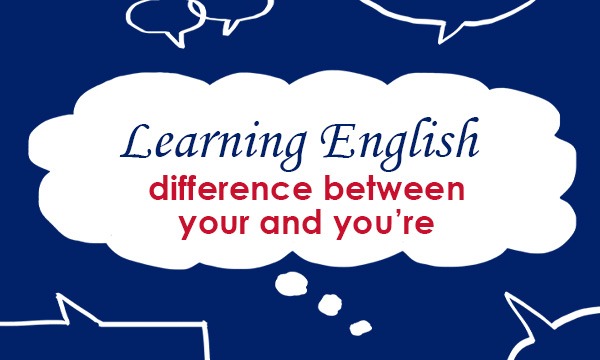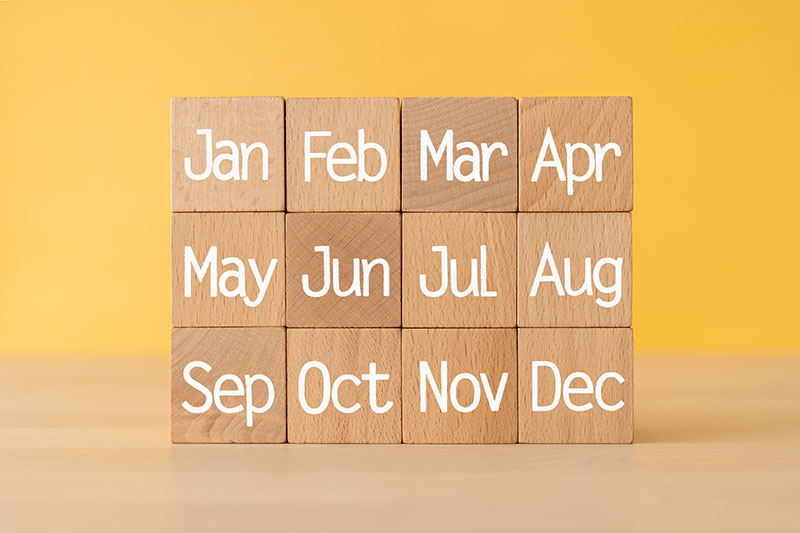
In order to talk confidently about your plans in English, it’s useful to know some essential phrases that relate to months and dates.
The months of the year in English are:
January April July October
February May August November
March June September December
To say which month of the year something happens, will happen or did happen in, use in …
My birthday is in August.
We’ll probably go away on holiday in May.
I visited some friends in Rome in September.
To make it clear which January or February, etc. you are talking about, use last … , this … or next …
Are you going abroad this July?
We went to Slovenia last June.
I’m hoping to go to South America next February.
If you want to say which part of a month something happens in, use at the start of …, in the middle of … or at the end of …
She goes to university at the start of October.
The summer holidays start at the end of June.
They’re moving in the middle of November.
To ask what the date is, use What’s the date today? To say what the date is, use the first/second, etc. of March/November, etc. or March/November, etc. the first/second, etc.
It’s the first of July today.
Tomorrow’s the tenth of January.
It’s December the third today.
Next Monday will be March the fifth.
To say what date something is happening or happened on, use on … before the date.
He was born on the fourteenth of February, 1990.
Barbara and Michael got married on May the fifteenth.
Where do you think you’ll be on the twentieth of October?
For further information on English Grammar, visit: https://grammar.collinsdictionary.com/easy-learning
Come back for other blogs on using English in everyday situations:
https://blog.collinsdictionary.com/language-learners/learning-english
All opinions expressed on this blog are those of the individual writers, and do not necessarily reflect the opinions or policies of Collins, or its parent company, HarperCollins.
